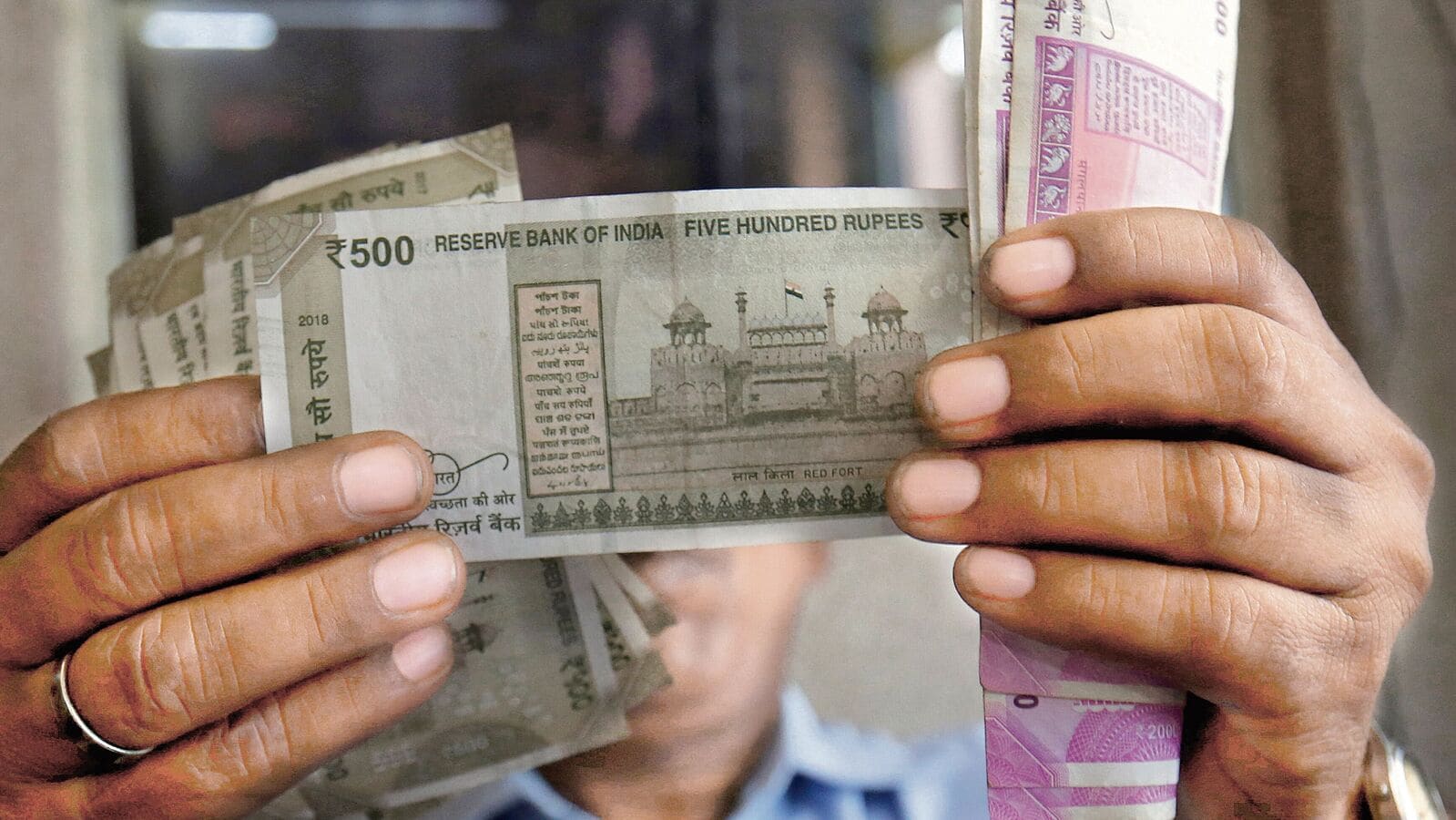Notably, the pockets of unsecured stress were seen in various segments such as microfinance, retail commercial vehicle, MSME (micro, small, and medium enterprises) and personal loans and credit cards, according to bankers’ post-earnings analyst calls in recent days.
Add to that the cyclical impact of higher farm loan slippages, and most lenders saw elevated provisions for potential loan losses and credit cost weighing on their balance sheet during the three months through June.
“Lenders are still cautious amid the asset quality stress in unsecured segment, which is reflected in slow loan growth in this segment. This continues to tighten liquidity for the borrowers and their ability to refinance the existing loans, which in turn is leading to asset quality stress for lenders. The big challenge for the lenders is assessment of income,” said Anil Gupta, senior vice president, Icra.
The country’s largest private sector lenders such as HDFC Bank, ICICI Bank and Axis Bank highlighted a seasonal jump in agriculture slippages. Axis Bank was also an outlier in terms of bad-loan provisions, which surged due to a shift in its classification methodology for certain loan segments such as retail cash credit and one-time settlement of stressed loans.
While Axis Bank said that the shift in methodology was to align the bank’s stress recognition as per industry best practices, the country’s largest consumer finance lender Bajaj Finance reported a substantial rise in delinquencies in MSME and business banking loans for the first time, besides the auto finance portfolio.
“MSME business has shown some strain since February so it’s coming a little too suddenly. We’ve taken a whole host of actions to prune business. It’s likely that both these businesses will grow a lot more slowly in the current year,” Rajeev Jain, vice-chairman, Bajaj Finance, said in a post-earnings call on Friday.
“Credit costs were principally elevated in two-wheeler and three-wheeler business, which is a winding down business. That’s a good news. The captive book has given us a lot of trouble, or continues to give us trouble,” Jain added.
However Shriram Finance was an outlier, seeing a sequential drop in credit cost to 1.9% in the first quarter from 2.4% in the preceding three months.
“The questions from investors have been that their numbers always come with a lag and hence we are not confident,” said Suresh Ganapathy, managing director of Macquarie Research. “Plus, the guidance on margins and consequent delivery of the same has been a disappointment, as per investors.”
Loan jolt
Banks such as IDFC First Bank, Kotak Mahindra Bank and Bandhan Bank reported weaker profitability on the back of a rise in microfinance slippages. The management of these banks said that while stress in the sector is expected to remain elevated in the current quarter, it seems to have peaked.
As such, lenders highlighted early signs of easing and said that they expect the asset quality of the portfolio to start improving Q3 (October-December) onwards.
“The MFI book is a typically 24-30-month kind of book and therefore, it obviously runs off pretty fast. Currently, the new disbursements we are doing is in about the same level of run-offs. So the book will kind of stabilise and start climbing again once disbursements pick up,” Kotak Bank’s managing director and chief executive officer Ashok Vaswani said on 26 July.
Kotak Bank and HDB Financial, the NBFC arm of HDFC Bank, also flagged a rise in commercial vehicle slippages, which the bank attributed to overall macro-economic slowdown, especially in the logistics and infrastructure sectors, and delayed payments from central and state governments.
Key Takeaways
- Unsecured loans are facing heightened stress, impacting various segments including microfinance and MSMEs.
- Major banks are increasing provisions to prepare for potential loan losses as asset quality concerns grow.
- Early signs of easing in asset quality are anticipated, but banks remain cautious about future credit costs.
Some large banks such as HDFC Bank and Bank of Baroda also made additional prudent provisions in order to beef up their buffers. HDFC Bank and ICICI Bank said that, outside of the agriculture loan book, they are bracing for the possibility of asset quality worsening through the rest of the year.
“The credit cost continues to be benign, and some point in time, it will revert to the mean. What that means is a moot point, and how long it takes is also a moot point, but as of now, it continues to be benign and healthy,” HDFC Bank’s chief financial officer Srinivasan Vaidyanathan said in a post-Q1 analyst call.
ICICI Bank’s finance chief Anindya Banerjee said while the current sort of credit behaviour and asset quality is extremely benign, the bank will “probably see some increase going forward”. “Credit costs today are negligible. So, they may go up slightly,” he said in the analyst call.

